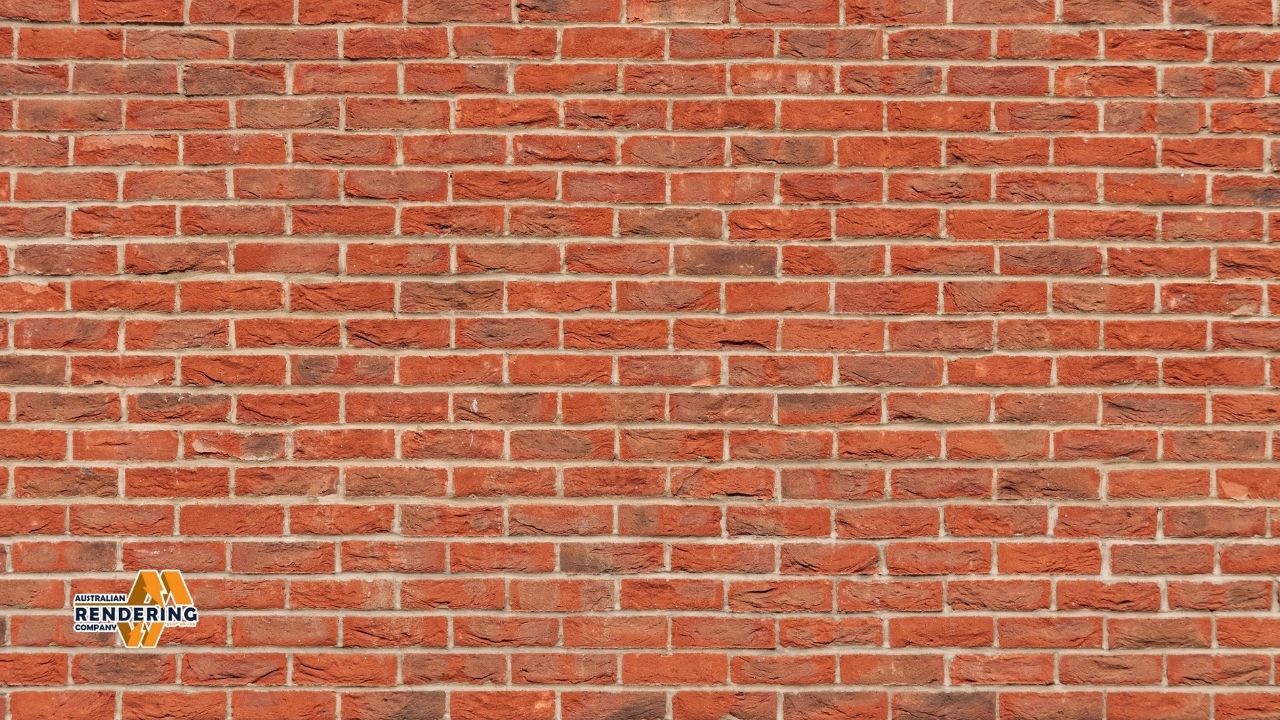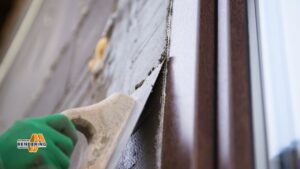Pebbledash is an external wall covering. It is constructed with small stones attached to a base coat of plaster. This was not an uncommon practice in the 20th century. Some believe it is useful in camouflaging problems, but then, some hate the look.
Why Remove Pebbledash?
Several of our customers choose to remove pebbledash, and there are a few reasons for this:
- It looks old and tired.
- It can hide wall troubles.
- It can lower a home’s value.
- It could be filled with asbestos (if it’s an old one).

Preparing for Removal
Now, before you start, you need to make a good plan. This will keep you safe and help the job go quickly.
Safety Gear
Always wear:
- A dust mask (to help keep dust away from your lungs).
- Safety Goggles (a must to save your eyes).
- Gloves (to protect your hands).
- Ratty clothes (they are going to get messy).
Tools You Will Need
Here are the tools that you’ll need when removing pebbledash:
- A sturdy scraper.
- A hammer.
- A chisel.
- A wire brush.
- Buckets for waste.
- A ladder or scaffold.
- Power washer (not necessary, but it might help).
- A hose.
Checking for Asbestos
Old (pre-1980s) pebbledash may contain asbestos. Asbestos is really bad for you. Have a professional check it before you start. If it has asbestos, don’t attempt to remove it yourself.
How to Remove Pebbledash – A Step-by-Step Guide
Here’s how to get rid of pebbledash safely:
- Prep the Area: Shield windows, doors, and plants next to the wall. This keeps them clean.
- Soften the Pebbledash: Wet the wall with a power washer or hose. This loosens up the pebbledash and makes it easier to get off. Allow the water to sit a little bit.
- Chip Away at the Pebbledash: The pebbledash is then carefully removed using a hammer and chisel. Strike the edge of the chisel with the hammer. Don’t pull too hard, you might put a hole in the wall or something. Work in small parts.
- Scrape Off Loose Pieces: Remove any loose chunks of pebbledash with a scraper. Gently scrape the wall, so as not to damage it.
- Clean the Wall: Use a wire brush to brush away any plaster or stones. A power washer can also be used. This leaves you with a nice surface.
- Check the Wall: Once you’ve removed your pebbledash, inspect the wall for cracks or loose areas. Fix these before going on.
After Pebbledash Removal
What to do then, when the pebbledash is pulled down? You may also wish to render, paint, or clad the wall. Australian Rendering Company is the go-to for expert rendering services in Melbourne, including options in acrylic, cement, and cladding. With over 30 years’ experience under their belt, they create lasting, clean finishes for new homes, renovations, and repairs, all with a 7-year warranty. You can reach out to them at 0466 943 872 or contact@australianrenderingcompany.com.au.
Typical Issues and How to Troubleshoot Them
- Wall Damage: Pebbledash is often damaged in the process of removing. Applying filler makes small cracks simple to repair. Big cracks might need a pro.
- Uneven Surface: The wall could be irregular once the pebbledash is scrubbed off. Put a leveling compound on it so you end up with a smooth floor. Then prepare as directed on the package.
- Dust and Mess: Pebbledash removal is really quite dusty. Wet the area down to reduce dust. Clean up waste right away.
Is Pebbledash Removal Suitable For You?
Pebbledash stripping can help to make your property look nicer. But, it is a big job. If you’re not sure, consult a pro.
When to Hire a Pro
You should hire a pro if:
- You find asbestos.
- The wall is very damaged.
- You are not good at DIY jobs.
- You don’t have the right tools.
Cost of Pebbledash Removal
The price of pebbledash removal varies. It depends on:
- The size of the wall.
- The type of pebbledash.
- Whether you hire a pro or do it yourself.
Let local companies quote for the work and compare prices.
Time It Takes
The duration also varies. A short wall could be done in a few days. A big wall might require a week or longer. That varies depending on how quickly you work and any issues.
Other Options
If you do not wish to strip pebbledash, there are alternatives available:
- Paint it.
- Cover it with cladding.
- Render over it.
They could be cheaper and simpler than removing it.
Painting Pebbledash
You can paint pebbledash to transform the surface and give it a new lease of life. Use a type of paint designed for more abrasive surfaces. This will make your home look better without taking away the pebbledash.
Cladding Over Pebbledash
Cladding the pebbledash with new material. This makes your home look modern. It’s also weather-resistant to protect the wall.
Rendering Over Pebbledash
Rendering is the process of applying a new coat of plaster to the pebbledash. This brings out the wall smooth and new. This is good if you desire a sleek look.
Final Checks
Before you wrap it up, confirm these:
- Is the wall clean and smooth?
- Any cracks or other damage?
- Have all the wastage been cleared?
Legal Things
See if you need consent to take pebbledash off. In some places, there are regulations on modifying the exterior of your home. Before you begin, check with your council.
Insurance
The work should be mentioned to your home insurance company. This ensures you’re protected if anything goes wrong.
Environment
Get rid of waste properly. Pebbledash is weighty and dusty. Observe local regulations for disposing of building waste.
Keeping Your Home Safe
Keep children and pets clear during construction. Lock tools away when you’re not using them.
More Tips
- Work in good weather: Wet pebbledash should not be removed in hot or wet weather.
- Take breaks: Pebbledash removal is tough going. Stop to rest and take a drink.
- Ask a friend for help: Pebbledash is easier to remove when there are two of you.
- Research: There’s a lot of research to do before starting any work. Watch videos and read guides. It allows you to know what actions to take — and what not to do — to prevent issues.
- Stay Safe: Safety is most important. Always wear safety gear. Be careful when using tools. When in doubt, consult a pro.
- Plan: Plan the job well. Assemble all the tools and materials you’ll need. This is what makes the job go smoothly and quickly.
- Check Your Work: Verify your work after each step. This enables finding and solving of issues at an early stage. And it also secures that the job gets done right.
- Clean Up: Clean up for yourself every day. So, the place remains safe and clean. It also removes some of the stressfulness of the job.
- Ask for Advice: Ask for help if you are unsure of something. Consult with a pro – or a friend who has removed pebbledash. They are good for advice and tips.
- Keep Learning: Continue reading to learn more about pebbledash removal. There is always something new to be learned. This is both to help you do a better job and to help keep you safe.
- Think Long Term: Consider what you want in terms of what you will use the wall for when the pebbledash has been taken off. This will help you plan the job better and to have the best result.
- Do it Well: Take it slowly and get it right. This ensures the wall is pretty and will last for years.
What is the cheapest way to remove pebbledash?
The most straightforward way to take off pebbledash is to wet it down with water using a power washer or hose, to start with. This serves to soften the stones and plaster, so that they may be the more easily cut by means of a chisel and hammer. Once you have removed the majority of the pebbledash, a scraper and wire brush can help to get the surface clean.
Peeling off pebbledash – how much does it cost?
The price to take off pebbledash depends on the size of the wall, the kind of pebbledash, and whether you are enlisting a tradesman or doing it yourself. Obtaining quotes from local companies is a way to gauge costs.
Is it possible to plaster straight over pebbledash?
Yes (technically)! You can skim pebbledash! This is where a new layer of plaster is added to the pebbledash, providing a fresh surface. This is a good idea if you don’t want to have to strip all the pebbledash off.
Should I remove pebbledash myself?
If you have the right tools, safety gear, and aptitude, pebbledash removal is a DIY job. But if you run into asbestos, severe wall damage, or are a novice, hiring a professional is recommended.




